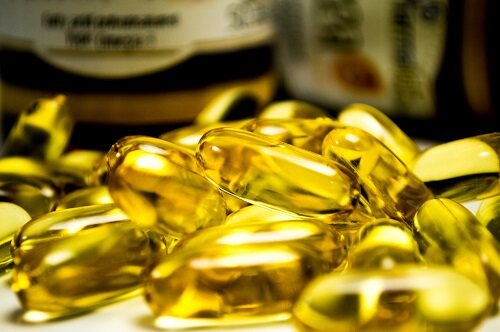Soft capsules can be filled with various oils or liquid drugs or suspensions that do not dissolve gelatin. It is widely used in the pharmaceutical, health care and cosmetics industries.
The components contained in the soft capsule shell are substantially similar to the hard capsule shell. They mainly include gel compound, plasticizer, water and additive.

The elasticity of the soft capsule shell depends on the weight ratio of gelatin, plasticizer (typically glycerin, sorbitol or a mixture of the two) to water. Its hardness is determined by the weight ratio of gelatin to plasticizer.
In general, a suitable weight ratio is that dry plasticizer: dry gelatin = 0.4 - 0.6: 1.0, and the ratio of water to dry gelatin is 1:1. The capsule shell is the hardest when the weight ratio between the plasticizer and gelatin is 0.3:1.0, and the shell is soft if 1.8:1. During the drying of the soft capsule, the moisture is reduced. In contrast, the proportion of plasticizer and gelatin increased, while the weight ratio of plasticizer to gelatin did not change.
The ratio of various materials in the plastic shell prescription needs to be determined according to the nature and requirements of the drug. The nature of the filled drug and the interaction between the capsule and the drug should be considered when selecting the hardness of the soft capsule. The nature of the drug should also be considered when selecting a plasticizer.
The soft capsule shell is thick and non-breathable, so it is very good at preventing oxidation of the drug. Most of the drugs that are sensitive to light, unstable to heat, or oxidizable can be made into soft capsules. In order to prevent decomposition of the drug by light, a light-shielding material such as titanium oxide or iron oxide may be added to the capsule material for preparing the capsule to obtain good light stability. To prevent the drug from coming into contact with the air, an inert gas can be introduced during the preparation process.


